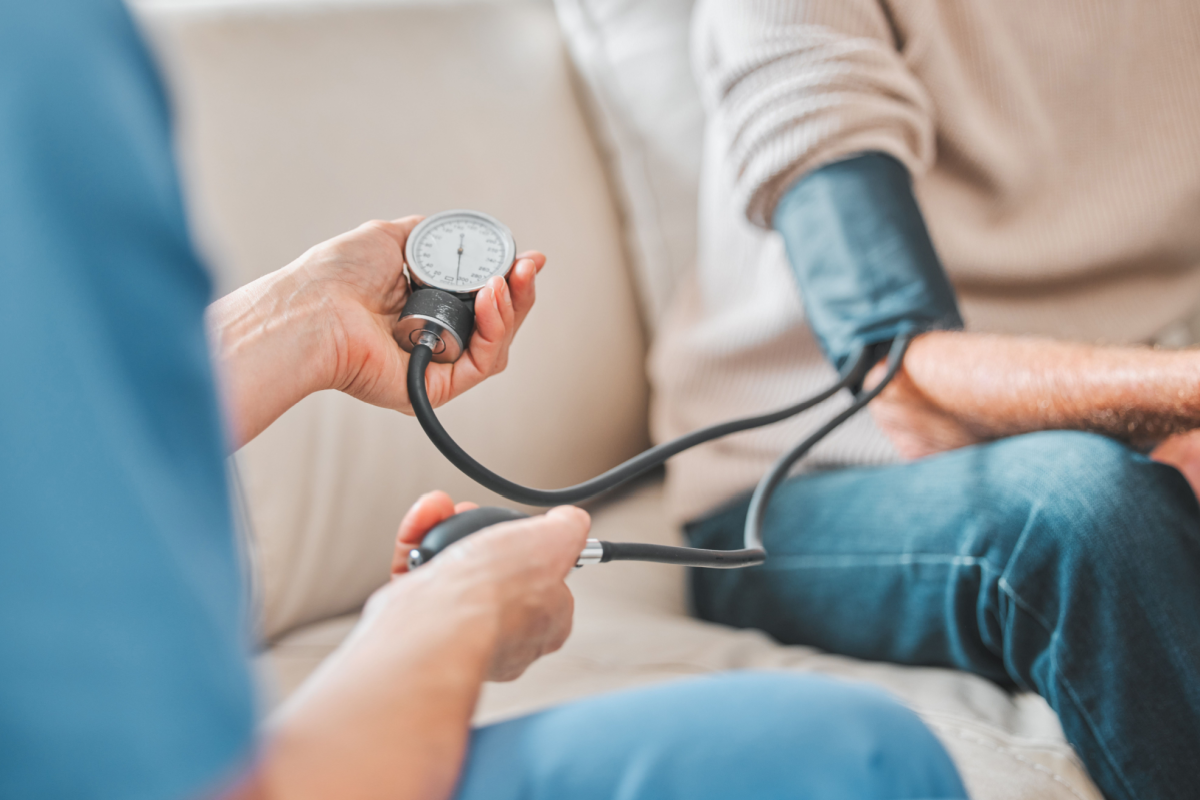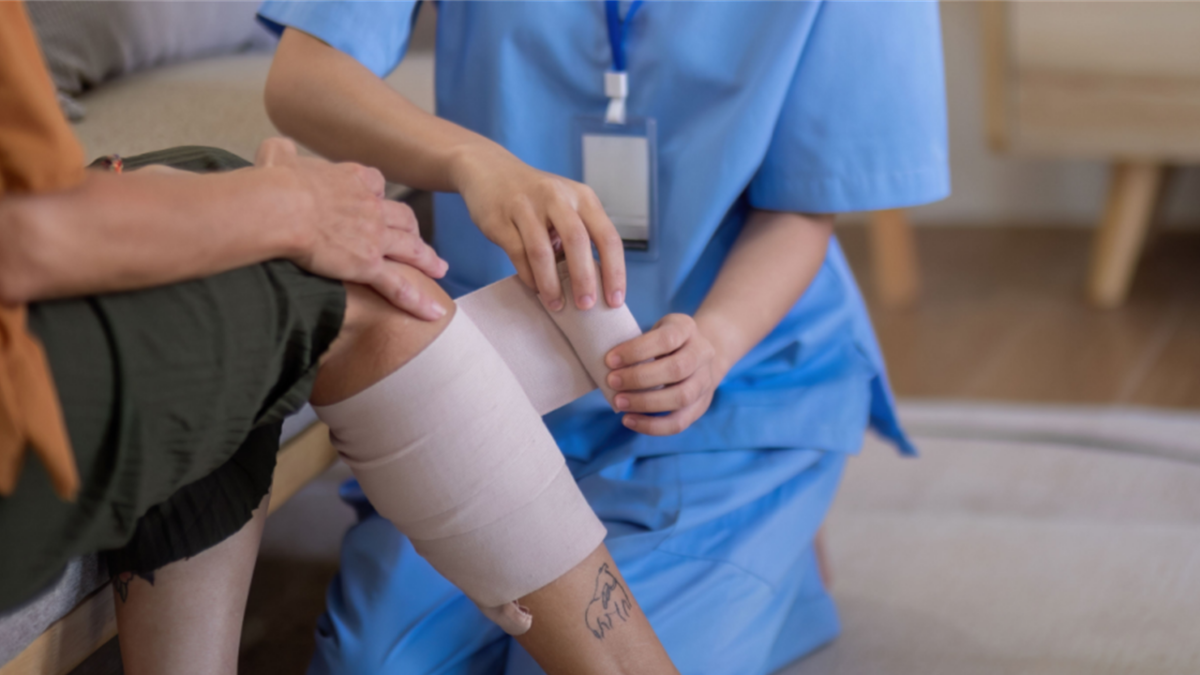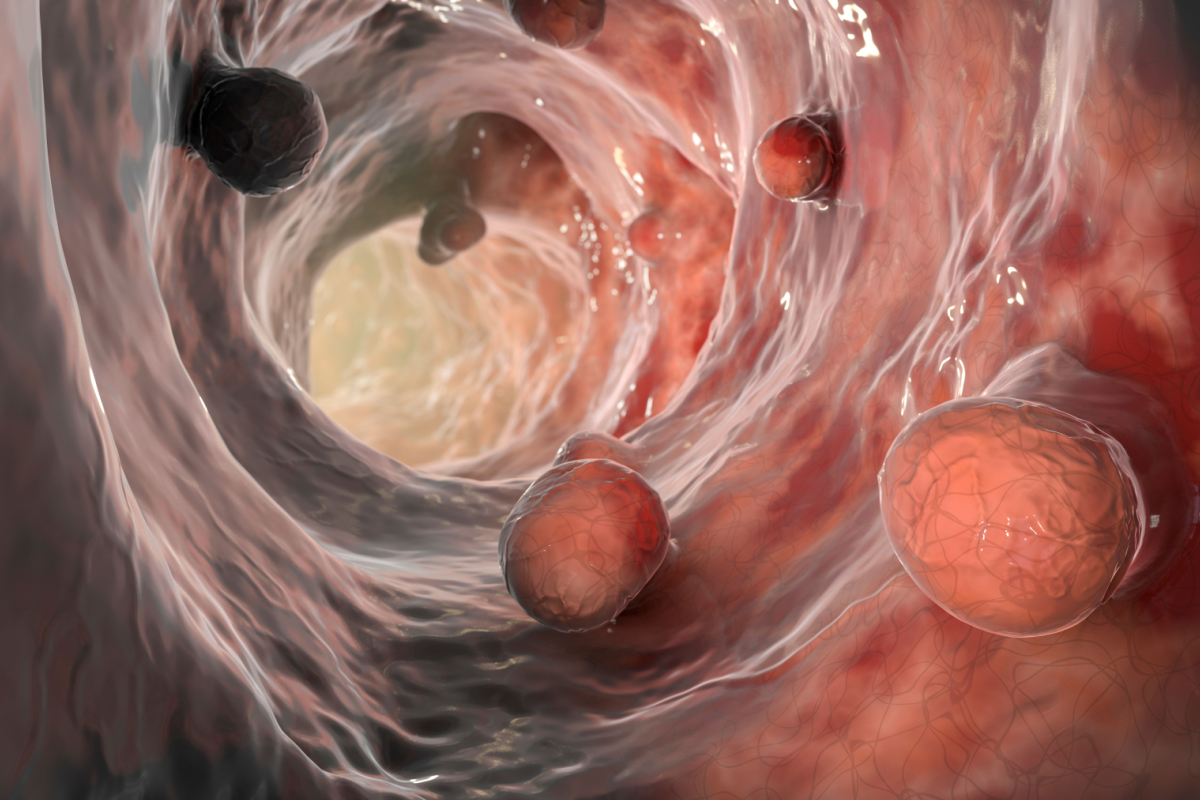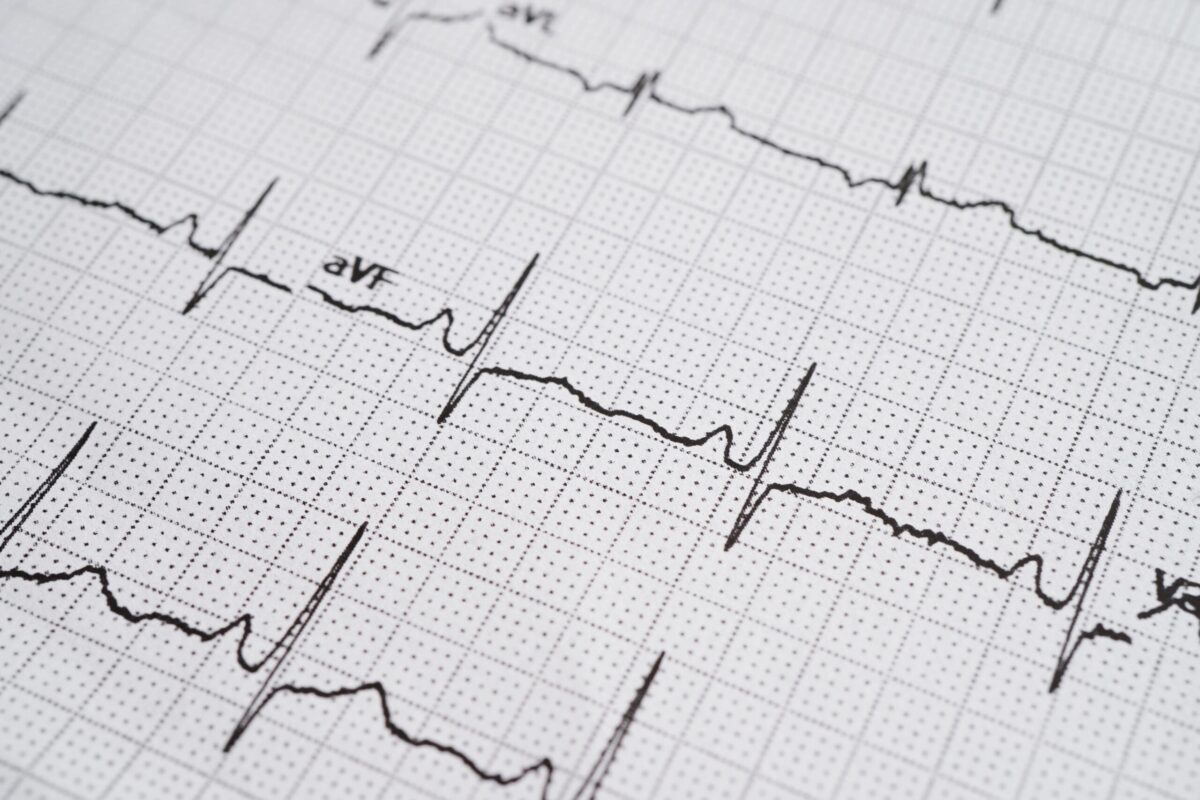The US Food and Drug Administration (FDA) has granted expanded approval to Genentech’s (part of Roche) Xolair (omalizumab) to help reduce allergic reactions to various foods after accidental exposure.
The approval is indicated for reducing Type 1 allergic reactions, known as immediate reactions mediated by immunoglobulin E (IgE), in certain adults and children one year of age or older after accidental exposure to one or more foods.
The class of IgE-mediated food allergies includes 160 foods, with peanuts, milk, eggs, wheat, soy and tree nuts being the most common ones.
In the US, these are included in the list of nine major food allergens, as declared by federal law/FDA, which cause the majority of serious food-related allergic reactions: milk, eggs, fish, crustacean shellfish (such as crab, lobster, shrimp), tree nuts (such as almonds, walnuts, pecans), peanuts, wheat, soybeans and sesame.
The FDA said patients who take Xolair must continue to avoid foods they are allergic to.
Xolair was first approved in 2003 for the treatment of moderate to severe persistent allergic asthma in certain patients. It went on to receive approval for the treatment of chronic rhinosinusitis with nasal polyps (CRSwNP) in adult patients in 2014, for allergic asthma in children in 2016 and for nasal polyps in 2020.
With the expanded approval for food allergies, Xolair has become the first approved treatment that can significantly reduce the risk of serious reactions, including anaphylaxis, after accidental exposure to certain food allergens.
According to the Centers for Disease Control and Prevention (CDC), almost six percent of people in the US in 2021 had a food allergy. Individuals who are exposed to food(s) to which they are allergic to can lead to potentially life-threatening allergic reactions such as anaphylaxis.
Related: Sesame Allergies Cause FDA to List Sesame as the 9th Major Allergen
Food allergies have been increasing over the past two decades. According to Genentech’s news release about the approval, based on 2024 estimates, 3.4 million children and 13.6 million adults in the US have been diagnosed with IgE-mediated food allergies. Over 40 percent of children and more than half of adults with food allergies have experienced a severe reaction at least once.
It is also estimated that food-related anaphylaxis leads to 30,000 visits to the ER every year in the US.
“Xolair offers patients and families an important new treatment option that can help redefine the way food allergies are managed and reduce the often-serious allergic reactions that can result from exposure to food allergens,” said Levi Garraway, MD, PhD, Genentech’s chief medical officer and head of Global Product Development, in the company’s news release. “Today’s approval builds on 20 years of patient experience and an established efficacy and safety profile since Xolair was first approved in allergic asthma. We look forward to bringing this treatment to the food allergy community who have long awaited an advancement.”
There are currently no cures for food allergies and current treatments involve avoiding food(s) that a patient is allergic to. If accidental exposure does occur, immediate administration of epinephrine to treat anaphylaxis is required.
The only treatment for a food allergy is Palforzia, a peanut allergen powder, which is an oral immunotherapy product approved in patients four to 17 years of age for reducing allergic reactions, including anaphylaxis, after accidental exposure to peanuts. However, the treatment is restricted to peanut allergy.
Xolair is the first medication approved by the FDA to reduce allergic reactions to more than one type of food after accidental exposure.
Xolair is a monoclonal antibody that binds to IgE, a type of antibody in the body that triggers allergic reactions, to block it from binding to its receptors. For food allergy, the recommend dosage of Xolair injection is 75 mg to 600 mg once every two or four weeks, depending on total serum IgE level and body weight.
XTALKS WEBINAR: On-Demand Code-Level Claims Data: Driving Actionable Insights and Efficiencies
Live and On-Demand: Wednesday, April 3, 2024, at 1pm EDT (5pm GMT/UK)
Register for this free webinar to learn how code-level claims data is a crucial dataset to address various needs across the life sciences and medical device landscape.
The safety and efficacy of Xolair was evaluated in the OUtMATCH study, which is sponsored and funded by the National Institute of Allergy and Infectious Diseases (NIAID), part of the National Institutes of Health (NIH), and is being conducted by the NIAID-funded Consortium for Food Allergy Research (CoFAR) at ten clinical sites across the US led by Johns Hopkins Children’s Center and co-led by Stanford School of Medicine, according to Genentech.
The study included 168 pediatric and adult participants who were allergic to peanuts and at least two other foods, including milk, eggs, wheat, cashews, hazelnuts or walnuts.
The study involved food challenges where participants were given gradually increasing amounts of foods they are allergic to and a placebo ingredient.
After a 16- to 20-week treatment period, among those who received Xolair, 68 percent were able to eat at least a single 600-mg dose of peanut protein without moderate to severe allergic symptoms (such as whole-body hives, persistent coughing or vomiting) compared to six percent who received placebo. This amount is equivalent to about two and a half peanuts or half a teaspoon of regular peanut butter.
Notably, 17 percent of individuals who were administered Xolair had no significant change in the amount of peanut protein tolerated and could not tolerate 100 mg or more of peanut protein. This is why Genentech commented that continuation of strict allergen avoidance is still necessary despite treatment with Xolair. The results of the study were published on February 25 in the New England Journal of Medicine.
Additionally, a significantly higher proportion of patients treated with Xolair compared to placebo tolerated at least 1,000 mg of protein from milk (66 percent vs. 11 percent), eggs (67 percent vs. zero percent) or cashews (42 percent vs. three percent) without moderate to severe allergic symptoms. This amount is equivalent to approximately two tablespoons of one percent milk, one-quarter of an egg or three and a half cashews, respectively.
Xolair comes with a boxed warning for anaphylaxis, which according to the FDA, was added to the drug’s label based on analysis of data from both pre-marketing and post-marketing reports.
The agency also says Xolair should only be initiated in a healthcare setting equipped to manage anaphylaxis. For patients who tolerate initial treatment, self-administration or administration by a caregiver may be viable but should be discussed with a healthcare provider.
In 2018, the FDA granted breakthrough designation for Xolair as a treatment for food allergies. Xolair earned $3.9 billion in sales last year. A 150 mg injection of Xolair retails for around $1,468.












Join or login to leave a comment
JOIN LOGIN